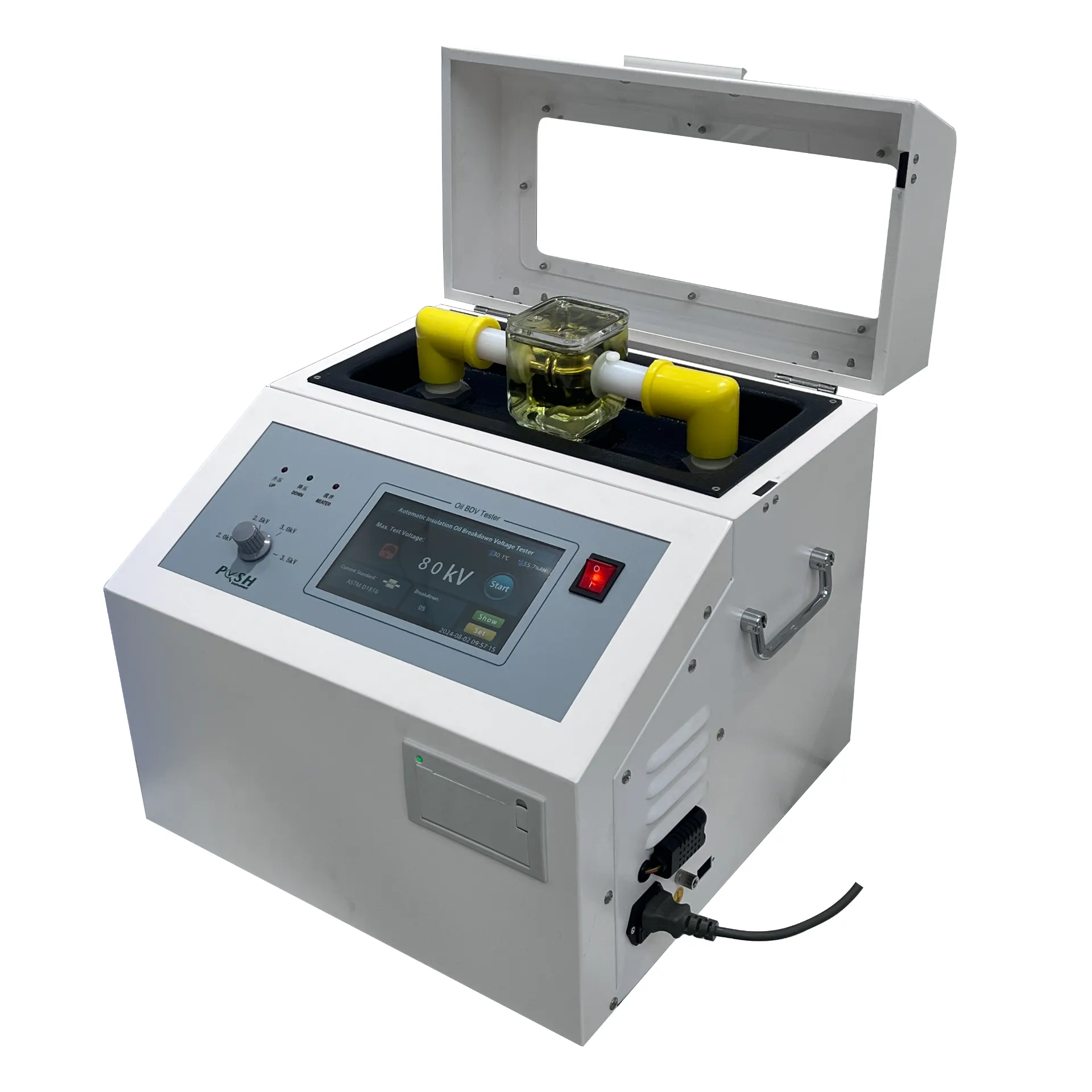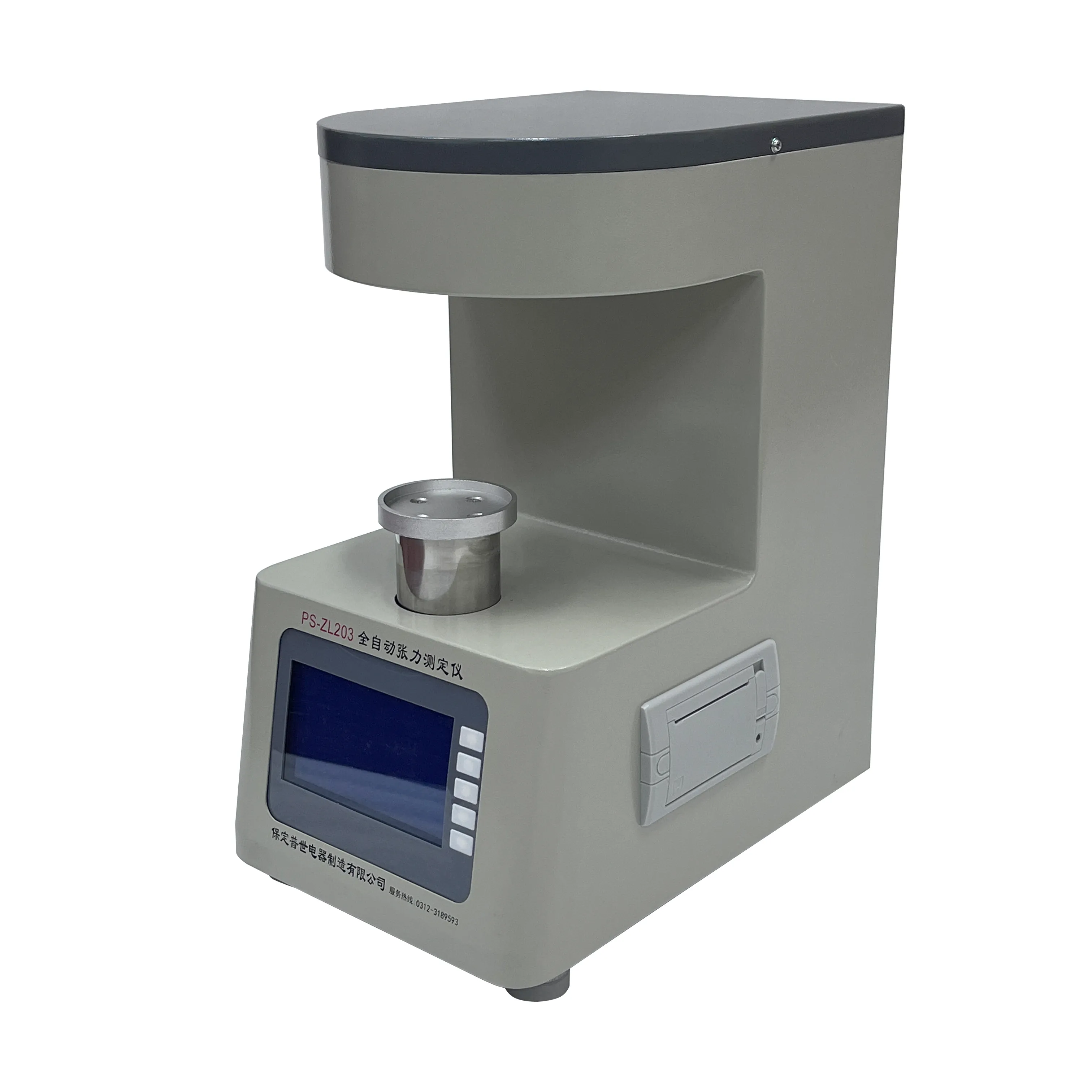TEL:
+86-0312-3189593
 English
English

Telephone:0312-3189593

Email:sales@oil-tester.com

-
 Afrikaans
Afrikaans -
 Albanian
Albanian -
 Amharic
Amharic -
 Arabic
Arabic -
 Armenian
Armenian -
 Azerbaijani
Azerbaijani -
 Basque
Basque -
 Belarusian
Belarusian -
 Bengali
Bengali -
 Bosnian
Bosnian -
 Bulgarian
Bulgarian -
 Catalan
Catalan -
 Cebuano
Cebuano -
 China
China -
 China (Taiwan)
China (Taiwan) -
 Corsican
Corsican -
 Croatian
Croatian -
 Czech
Czech -
 Danish
Danish -
 Dutch
Dutch -
 English
English -
 Esperanto
Esperanto -
 Estonian
Estonian -
 Finnish
Finnish -
 French
French -
 Frisian
Frisian -
 Galician
Galician -
 Georgian
Georgian -
 German
German -
 Greek
Greek -
 Gujarati
Gujarati -
 Haitian Creole
Haitian Creole -
 hausa
hausa -
 hawaiian
hawaiian -
 Hebrew
Hebrew -
 Hindi
Hindi -
 Miao
Miao -
 Hungarian
Hungarian -
 Icelandic
Icelandic -
 igbo
igbo -
 Indonesian
Indonesian -
 irish
irish -
 Italian
Italian -
 Japanese
Japanese -
 Javanese
Javanese -
 Kannada
Kannada -
 kazakh
kazakh -
 Khmer
Khmer -
 Rwandese
Rwandese -
 Korean
Korean -
 Kurdish
Kurdish -
 Kyrgyz
Kyrgyz -
 Lao
Lao -
 Latin
Latin -
 Latvian
Latvian -
 Lithuanian
Lithuanian -
 Luxembourgish
Luxembourgish -
 Macedonian
Macedonian -
 Malgashi
Malgashi -
 Malay
Malay -
 Malayalam
Malayalam -
 Maltese
Maltese -
 Maori
Maori -
 Marathi
Marathi -
 Mongolian
Mongolian -
 Myanmar
Myanmar -
 Nepali
Nepali -
 Norwegian
Norwegian -
 Norwegian
Norwegian -
 Occitan
Occitan -
 Pashto
Pashto -
 Persian
Persian -
 Polish
Polish -
 Portuguese
Portuguese -
 Punjabi
Punjabi -
 Romanian
Romanian -
 Russian
Russian -
 Samoan
Samoan -
 Scottish Gaelic
Scottish Gaelic -
 Serbian
Serbian -
 Sesotho
Sesotho -
 Shona
Shona -
 Sindhi
Sindhi -
 Sinhala
Sinhala -
 Slovak
Slovak -
 Slovenian
Slovenian -
 Somali
Somali -
 Spanish
Spanish -
 Sundanese
Sundanese -
 Swahili
Swahili -
 Swedish
Swedish -
 Tagalog
Tagalog -
 Tajik
Tajik -
 Tamil
Tamil -
 Tatar
Tatar -
 Telugu
Telugu -
 Thai
Thai -
 Turkish
Turkish -
 Turkmen
Turkmen -
 Ukrainian
Ukrainian -
 Urdu
Urdu -
 Uighur
Uighur -
 Uzbek
Uzbek -
 Vietnamese
Vietnamese -
 Welsh
Welsh -
 Bantu
Bantu -
 Yiddish
Yiddish -
 Yoruba
Yoruba -
 Zulu
Zulu
កុម្ភៈ . 13, 2025 19:05
Back to list
PS-3520 5kv 10kv 15kv Insulation Resistance Tester Megger
Testing a transformer with a multimeter is an essential task for anyone involved in electronics and electrical engineering. It requires precision, understanding of the multimeter's functions, and a sound knowledge of transformer operations. With years of experience in this field, let me guide you through a systematic approach that ensures both expertise and reliability, supported by extensive experiences from electrical experts.
For those seeking depth in transformer testing, exploring advanced parameters might be vital. Understanding parameters such as impedance, inductance, and transformer efficiency can provide further insights. Utilizing a multimeter alongside other instruments like an LCR meter for detailed analysis might be beneficial in professional settings. Regular testing and maintenance of transformers enhance longevity and efficiency. Document any anomalies and readings during tests, aiding in future troubleshooting or maintenance tasks. Authoritative resources and expert testimonials back this procedure. Consulting transformer manuals for reference values and supplemental industry standards ensures accurate testing. Engaging in electrical forums and discussions also affords exposure to innovative solutions and common troubleshooting practices shared by seasoned professionals. Emphasizing reliability, expert-approved methods outlined in professional training and certification programs serve to enhance understanding and ensure credibility. Courses and workshops hosted by recognized institutions offer insights that reflect industry best practices and technological advancements. In conclusion, testing a transformer with a multimeter involves a blend of expertise, meticulous attention to safety, and detailed understanding of transformer functionalities. By following the procedures discussed above, drawn from professional experiences and industry standards, one ensures accurate diagnostics while fostering trustworthiness in handling electrical components. This comprehensive approach not only ensures the safe operation of transformers but positions you as a knowledgeable and credible authority in the field of electrical engineering.


For those seeking depth in transformer testing, exploring advanced parameters might be vital. Understanding parameters such as impedance, inductance, and transformer efficiency can provide further insights. Utilizing a multimeter alongside other instruments like an LCR meter for detailed analysis might be beneficial in professional settings. Regular testing and maintenance of transformers enhance longevity and efficiency. Document any anomalies and readings during tests, aiding in future troubleshooting or maintenance tasks. Authoritative resources and expert testimonials back this procedure. Consulting transformer manuals for reference values and supplemental industry standards ensures accurate testing. Engaging in electrical forums and discussions also affords exposure to innovative solutions and common troubleshooting practices shared by seasoned professionals. Emphasizing reliability, expert-approved methods outlined in professional training and certification programs serve to enhance understanding and ensure credibility. Courses and workshops hosted by recognized institutions offer insights that reflect industry best practices and technological advancements. In conclusion, testing a transformer with a multimeter involves a blend of expertise, meticulous attention to safety, and detailed understanding of transformer functionalities. By following the procedures discussed above, drawn from professional experiences and industry standards, one ensures accurate diagnostics while fostering trustworthiness in handling electrical components. This comprehensive approach not only ensures the safe operation of transformers but positions you as a knowledgeable and credible authority in the field of electrical engineering.
Latest news
-
Testing Equipment Industry Sees Major Advancements in 2025: Smart & Precision Technologies Lead the WayNewsJun.06,2025
-
Applications of Direct Current Generators in Renewable Energy SystemsNewsJun.05,2025
-
Hipot Tester Calibration and Accuracy GuidelinesNewsJun.05,2025
-
Digital Circuit Breaker Analyzer Features and BenefitsNewsJun.05,2025
-
Benefits of Real-Time Power Quality Monitoring Devices for Industrial EfficiencyNewsJun.05,2025
-
Earth Fault Loop Testing in High-Rise Building Electrical SystemsNewsJun.05,2025



